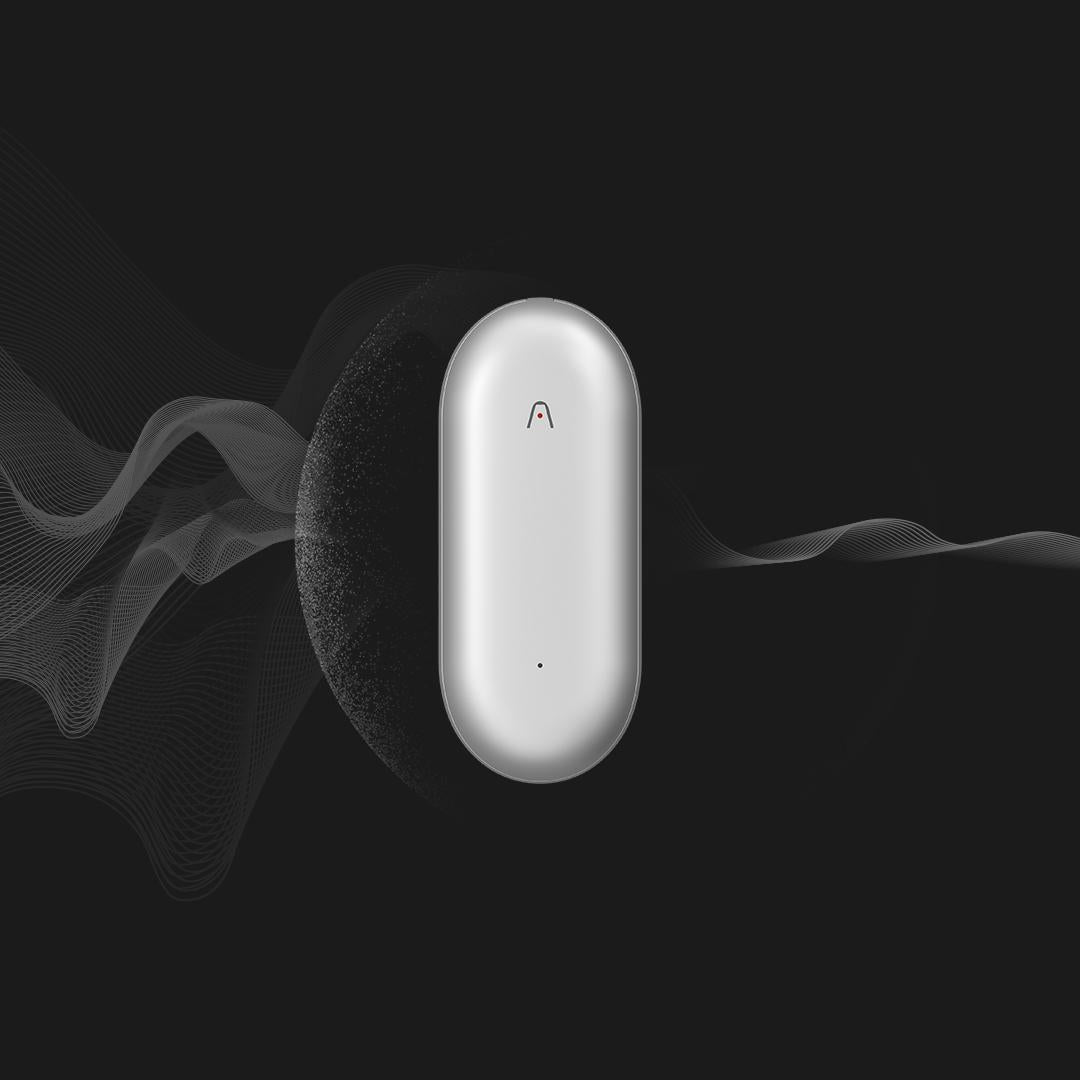Unlock Your Productivity: The Ultimate Showdown of Electronic Note-Taking Devices!
Unlock Your Productivity: The Ultimate Showdown of Electronic Note-Taking Devices!
In today's fast-paced world, the way we take notes has evolved dramatically. Gone are the days of scribbling on paper, with the rise of electronic note-taking devices making a significant impact, especially among students and professionals. These devices not only help in organizing and storing information but also enhance overall productivity through their smart features. With so many options available, selecting the right electronic note-taking device is crucial in achieving optimal performance in your daily tasks. This article will guide you through the different types of electronic note-taking devices, their features, and user experiences, empowering you to make an informed decision.
Understanding Electronic Note-Taking Devices
Electronic note-taking devices encompass a range of gadgets that allow users to capture, organize, and store information digitally. Unlike traditional pen-and-paper methods, these devices offer numerous benefits, including portability, seamless integration with other digital tools, and enhanced organization capabilities. For instance, you can easily categorize and search for notes, share them with collaborators, or access them from multiple devices. Many users appreciate the ability to convert handwritten notes into text, making it easier to edit and format documents. These advantages make electronic note-taking devices increasingly popular among students, professionals, and anyone looking to streamline their note-taking process.
Key Features to Consider
When selecting an electronic note-taking device, there are several essential features to consider that can significantly impact your experience. Battery life is paramount; you wouldn't want your device to die in the middle of an important meeting or lecture. Display quality is another crucial aspect—look for a device that offers a clear and comfortable viewing experience. Handwriting recognition technology can greatly enhance the utility of your device, allowing for seamless conversion of handwritten notes to digital text. Additionally, syncing capabilities are vital for keeping your notes updated across various devices, and software compatibility ensures that you can use the tools and applications you prefer. Taking these features into account will help you find a device that meets your specific needs.
Comparison of Popular Types of Electronic Note-Taking Devices
There are various types of electronic note-taking devices available, each with its own strengths and weaknesses. Understanding these can help you make a more informed decision based on your specific circumstances and preferences.
Tablets
Tablets are among the most versatile options for note-taking, offering a wide range of applications and functionalities. They can double as entertainment devices, allowing users to stream videos or play games when not using them for work. However, the versatility of tablets comes with a trade-off; some users may find that they become easily distracted by non-note-taking applications. Additionally, while many tablets support styluses, the experience may not feel as authentic as writing on paper.
Dedicated Note-Taking Devices
Dedicated note-taking devices are tailored specifically for capturing notes and often come equipped with features designed to enhance this experience. These devices typically have longer battery life, superior handwriting recognition, and a more focused interface. However, they may lack the versatility of tablets and can sometimes be limited in their functionality. Users who primarily need a device for note-taking without the distractions of other applications may find dedicated devices to be the best choice.
Digital Pens
Digital pens offer a unique solution by allowing users to write on traditional paper while capturing notes digitally. This hybrid approach appeals to those who prefer the tactile feel of writing on paper but want the benefits of digital note-taking, such as easy organization and sharing. However, it's essential to ensure compatibility with the specific paper or tablet you intend to use, as not all digital pens work with all surfaces. The experience can be particularly satisfying for users who enjoy the act of writing but want to transition into the digital realm.
User Experiences and Recommendations
User experiences greatly vary depending on individual needs and preferences. Many students have found tablets to be incredibly useful due to their versatility and the availability of educational apps. For instance, a friend of mine who is a university student loves using her tablet for both note-taking and organizing her study materials. On the other hand, some professionals prefer dedicated note-taking devices because they focus solely on capturing notes without distractions. A colleague recently shared that switching to a dedicated device has significantly improved her productivity during meetings. Additionally, creatives often appreciate digital pens, as they allow for a seamless transition between traditional and digital art forms. Ultimately, understanding these varied experiences can guide you toward the best device for your specific requirements.
Choosing the Right Electronic Note-Taking Device
In conclusion, electronic note-taking devices offer a plethora of benefits over traditional methods, making them an excellent choice for anyone looking to enhance their productivity. By understanding the key features, comparing different types of devices, and considering user experiences, you can make a well-informed decision that aligns with your needs. Whether you opt for a versatile tablet, a specialized note-taking device, or a convenient digital pen, the right electronic note-taking device can transform the way you capture and organize information. Remember to evaluate your specific use cases and preferences before making a purchase to ensure you select a device that truly enhances your productivity.
